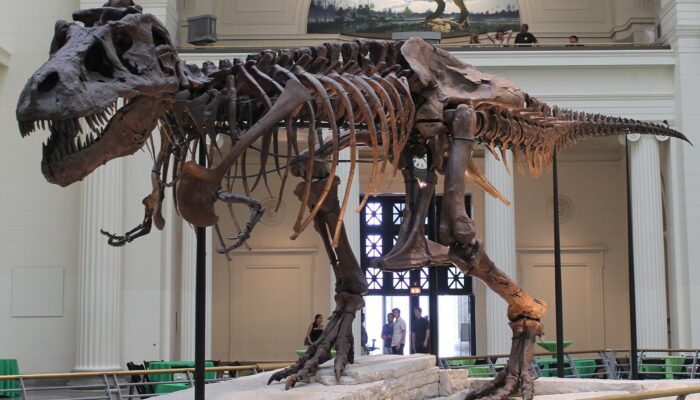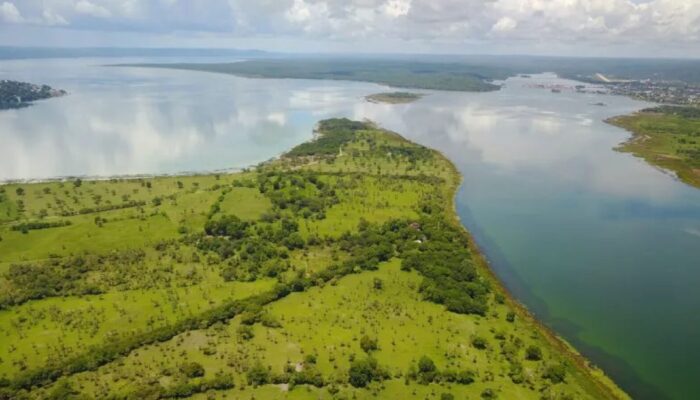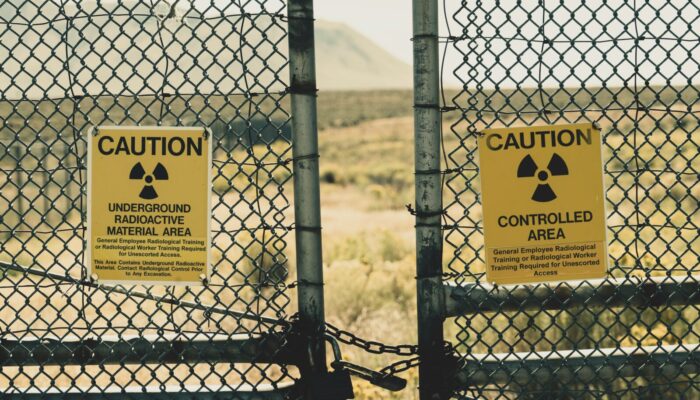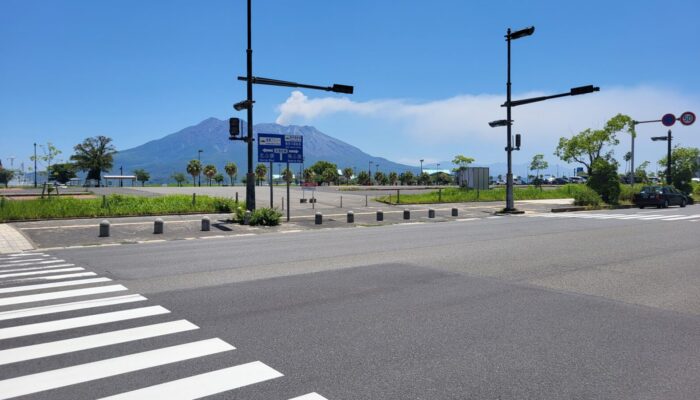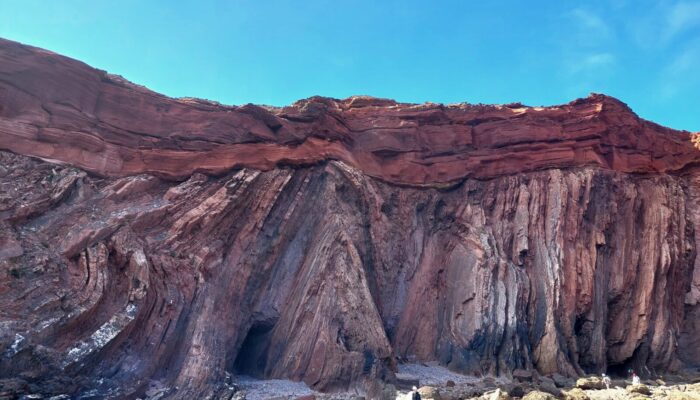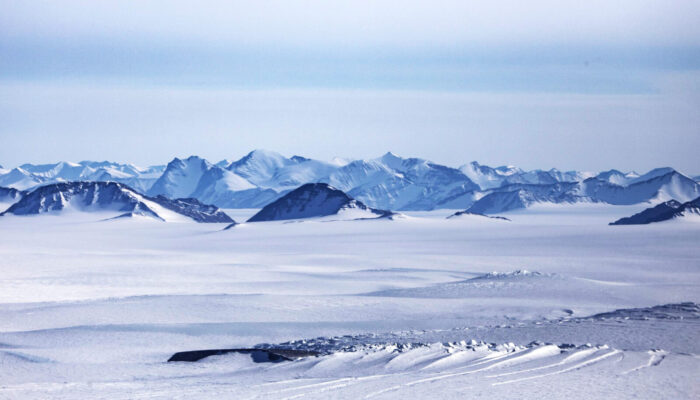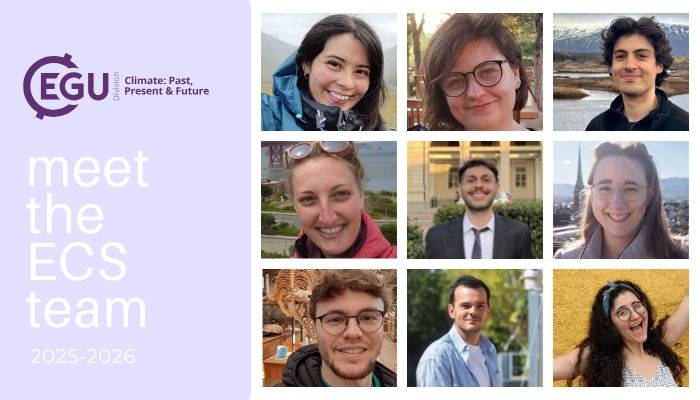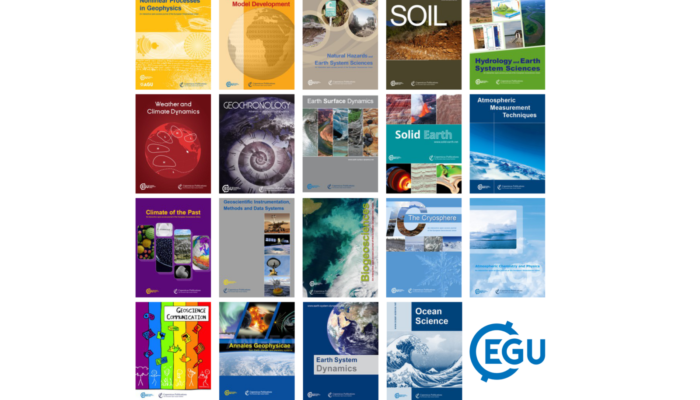Few fantasy worlds have captured the imagination of readers and viewers like J.R.R. Tolkien’s Middle-earth. Whether you first encountered it through The Lord of the Rings or the sweeping visuals of Peter Jackson’s films, chances are your eyes lingered on the same thing geologists can’t help obsessing over: the mountains. Towering, treacherous, mysterious — the Misty Mountains, the White Mountains, ...[Read More]
If you didn't find what you was looking for try searching again.
GeoLog
Sue the unconventional tyrant: 35 years of discovery, science, and icon status
This year marks the 35th anniversary of a discovery that redefined our understanding of the Tyrannosaurus Rex and captivated the world. It’s a story of serendipity, fierce legal battles, groundbreaking science, and an unexpected journey into pop culture. Discovered in South Dakota in 1990 by fossil hunter Sue Hendrickson, Sue is not just any dinosaur skeleton; it is the largest and most complete T ...[Read More]
Stratigraphy, Sedimentology and Palaeontology
Tracing temperatures in tropical Lake Petén Itzá over the last 24,000 years
Past and present global warming: its effect on the tropics According to meteorological data and climate models, global temperatures have increased by up to 1.1 °C since 1960 because of rising atmospheric greenhouse gas concentrations, including an increase in CO₂ concentrations by up to 200 ppm. In some regions, such as the tropics, home to over 40% of the world’s population, warming has re ...[Read More]
GeoLog
A leap of faith: Should we trust AI with a million-year problem?
Artificial intelligence (AI) has been here a while, and it isn’t going anywhere, not any time soon. It has become an integral part of many lives and businesses. When I speak of AI, I am not referring to GenAI (generative AI) that writes your emails for you: Think about the algorithms that suggest what movie you should watch next, the voice assistant that adds milk to your shopping list, and ...[Read More]
Geodynamics
Resisting self-guilt as a PhD student
Self-guilt is a common feeling among PhD students. It often leads us to devalue ourselves more harshly than is fair and to form unrealistic expectations. It is important to understand how it shows up in our daily work, what fuels it, and how we can resist it — because over time, it can quietly undermine both our well-being and our work. The ideas below are the results of group discussions that hav ...[Read More]
Natural Hazards
If a Resilient City Had a Face: It Might Look Like Kagoshima
As natural hazard scientists, we often emphasise the concept of exposure – how much people, infrastructure, and ecosystems are in harm’s way when close to natural hazard sources (e.g., floodplains, volcanoes, or fault lines). The closer you are, the higher the risk. Therefore, one of the main goals in natural risk assessment is to reduce exposure whenever possible. We advocate for informed plannin ...[Read More]
GeoLog
Where to next? A Geotourism guide to some of the World’s most epic landscapes
Geological tourism, or geotourism, offers a unique way to experience our planet’s incredible history and ongoing dynamic processes. Beyond simply admiring beautiful landscapes, geotourism invites us to understand the forces that shaped them, from ancient tectonic movements to the relentless power of erosion. Join us as we explore some remarkable geotourism destinations, each telling a compel ...[Read More]
Biogeosciences
On ice: algal blooms and the Greenland Ice Sheet
On the first episode of the EGU Biogeosciences Division’s podcast series, Bikem Ekberzade interviews Helen Feord on the algal blooms that contribute to the melting of the Greenland Ice Sheet. Together with Feord, a researcher for the 5-year long project DEEP PURPLE the two scientists talk about cryosphere research, climate change and what it means for us today. You can listen to the podcast ...[Read More]
Climate: Past, Present & Future
Meet the new ECS-Team of the Climate Division
Dear Climate ECS Community, Welcome to the Climate ECS community! We’re a team of early career scientists who love connecting with fellow researchers, organizing events, and building a strong and supportive network. Let’s grow, share, and create impact together! Early career scientists (ECSs) make up a significant part of the EGU membership. We are committed to ensuring that your voice is heard, y ...[Read More]
GeoLog
GeoRoundup: the highlights of EGU Journals published during July!
Each month we feature specific Divisions of EGU and during the monthly GeoRoundup we put the journals that publish science from those Divisions at the top of the Highlights section. During this month, we are featuring Earth Magnetism & Rock Physics (EMRP), Geodesy (G), and Geomorphology (GM). They are represented by the journals Geoscientific Model Development (GMD), Solid Earth (SE), and Eart ...[Read More]


